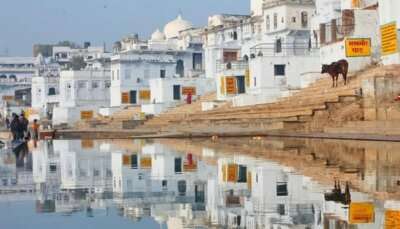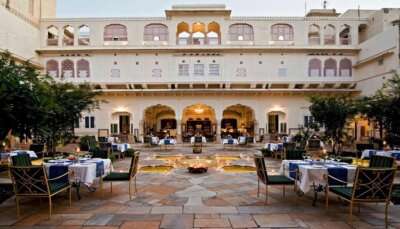The Serene Oasis Of Lothian Cemetery Explore In The Heart Of Delhi In 2026
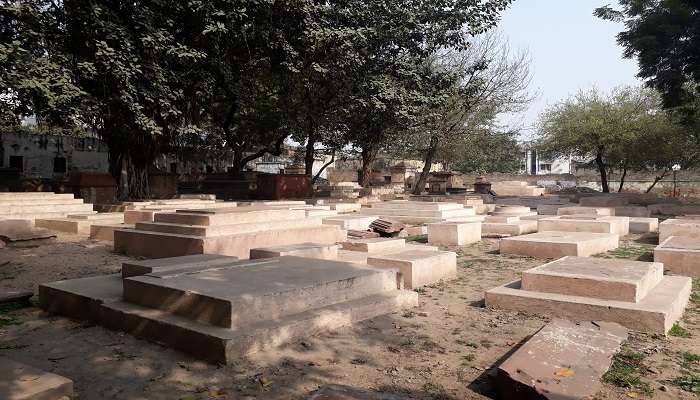
Lothian Cemetery is one of the oldest Christian cemeteries in Delhi and is located on Lothian Road. Lothian Cemetery was built in 1808 and closed to burials in the 1960s. This burial ground is known as a haunted place in Delhi. Numerous European soldiers were buried here, with most of them killed during the first battle of the independence of India in 1857 or the Indian Rebellion of 1857. This place is of tremendous importance to our history. Other than that, there are umpteen rows of gravestones marked with lifespans of hundreds of people- some newborns who did not even live to see a year. Apart from young kids and a few heritage walks, this place is free of any activity.
About Lothian Cemetery
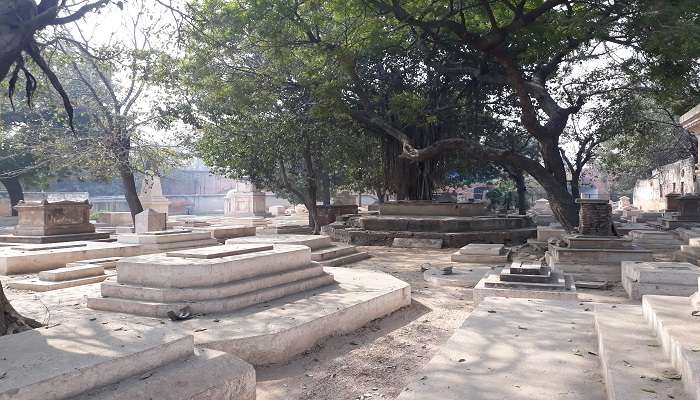
Situated in the heart of the city in the Kashmere Gate area of New Delhi and formerly known as Old Delhi Military Cemetery or the Kashmere Gate Cemetery, Nicholson Cemetery (also known as Lothian Cemetery) is an ancient Christian cemetery named after Brigadier-General John Nicholson, a Victorian-era military officer who played a crucial role during the Indian Rebellion of 1857 and succumbed to injuries during the revolt. Lately emerging among the Delhites as the ‘most peaceful place in Delhi’, the cemetery is a burial ground of both the English and Indian Christians during the British Raj in India. Many of those who were killed in 1857 are buried here. With tombs all around and shrubs and grass growing wild, the funereal atmosphere at the cemetery gives one the creeps even during the day. A popular myth surrounding this final resting place of many an East India Company soldier is that the place is haunted. And that the traumatised spirit of a headless warrior haunts the premises.
Must Read: Interesting Facts about Qutub Minar
Places To Visit Near Lothian Cemetery
There are several places near Lothian Cemetery that you can visit. Some of the most popular tourist destinations near Lothian Cemetery are mentioned below:
1. The India Gate
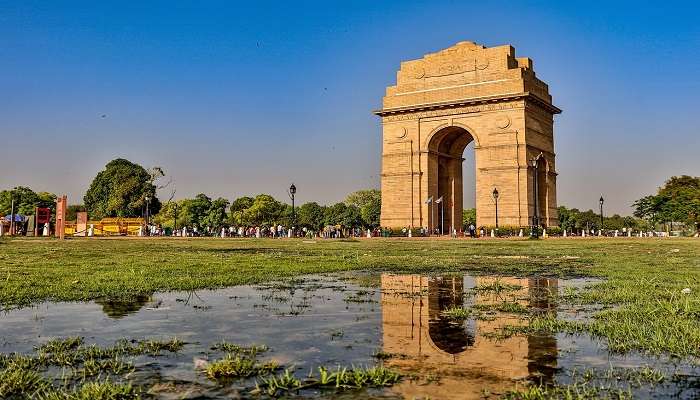
The India Gate is a war memorial located near the Kartavya path on the eastern edge of the “ceremonial axis” of New Delhi, formerly called Rajpath in New Delhi. At the centre of New Delhi stands the 42 m high India Gate, an “Arc-de-Triomphe” like archway in the middle of a crossroad. Almost similar to its French counterpart, it commemorates the 70,000 Indian soldiers who lost their lives fighting for the British Army during World War I. India Gate is located 5 km from New Delhi Railway Station. However, the best time to visit India Gate is between 07:00 and 09:30 PM. The timings for the light show at India Gate are between 07:00 PM and 09:30 PM.
Location: Rajpath, India Gate, New Delhi
Distance from Lothian Cemetery: Approximately 5 kilometres southwest
2. The Khas Mahal

The Khas Mahal served as the Mughal emperor’s private residence in Delhi. The structure is located inside the Red Fort, which is a large defensive and governmental complex located inside the city. Built by Shah Jahan between 1631 and 1640, Khaas Mahal was splendidly set in the Haram complex. Apart from the main hall, it has arched recesses that lead to the side rooms. The palace has two almost identical pavilions separated from the hall by a high marble wall.
Location: Red Fort, Netaji Subhash Marg, Chandni Chowk, Delhi
Distance from Lothian Cemetery: Approximately 3 kilometres southeast
Suggested Read: Fun Places In Delhi
3. Ugrasen Ki Baoli

Ugrasen Ki Baoli is a 60-meter long and 15-meter wide historical stepwell in New Delhi, India. Located on Hailey Road, near Connaught Place, Jantar Mantar, it was designated a protected monument by the Archaeological Survey of India. Its serene environment attracts many tourists and photographers. Hidden within the alleys of Central Delhi, the baoli’s unique design makes it perfect for the Instagram capture titled, ‘Exploring India’. Thousands of these sophisticated water-harvesting structures proliferated throughout India beginning around 600 CE, but they fell into disuse with the advent of water pumps and plumbing. Flights of steps were excavated adjacent to deep well shafts, ensuring that dramatically fluctuating groundwater could be reached all year long.
Location: Hailey Road, near Connaught Place, New Delhi
Distance from Lothian Cemetery: Approximately 2.5 kilometres south
4. Razia Sultan’s Tomb
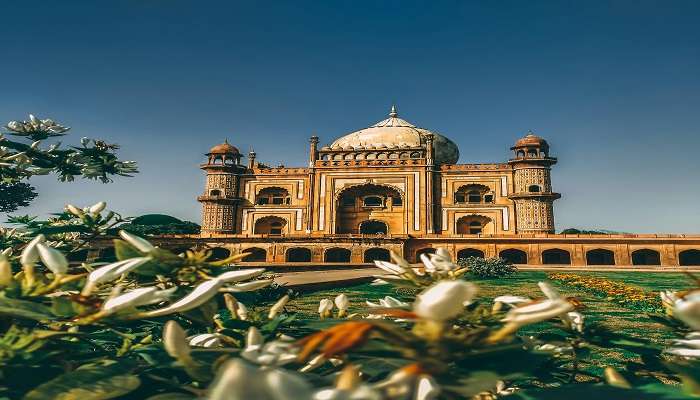
Razia Sultan’s tomb lies unpretentious, unattended and unsung near Turkman Gate in Chandni Chowk. Razia Sultan ruled Delhi from 1236 to 1240. The 14th-century traveller Ibn Batuta mentions that Razia’s tomb had become a pilgrimage centre: A dome had been built over it, and people sought blessings from it. The original grave of Razia once existed at this place. A boundary wall protected this mausoleum, and the western wall had a closed arch. A small gate was left on the eastern side for entering the monument.
Location: Near Turkman Gate, Delhi
Distance from Lothian Cemetery: Approximately 2 kilometres southeast
Suggested Read: Places to visit near Jama Masjid
5. Jantar Mantar
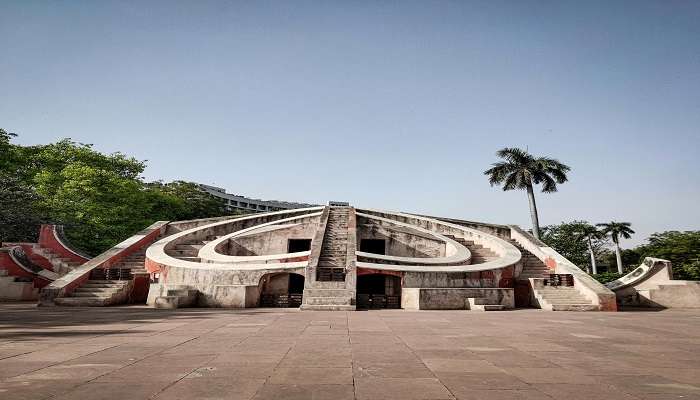
Jantar Mantar is located in the modern city of New Delhi. “Jantar Mantar” means “instruments for measuring the harmony of the heavens”. It consists of 13 architectural astronomy instruments. Marvel at the size and precision of instruments like the Samrat Yantra, Jai Prakash, and Ram Yantra. Engage in educational tours or hire a guide who can provide insights into the fascinating world of astronomy and explain the functioning of the instruments. It is the world’s largest stone sundial, and it is known as the Samrat Yantra.
Location: Sansad Marg, Connaught Place, New Delhi
Distance from Lothian Cemetery: Approximately 3.5 kilometres south
6. Talaqi Darwaza
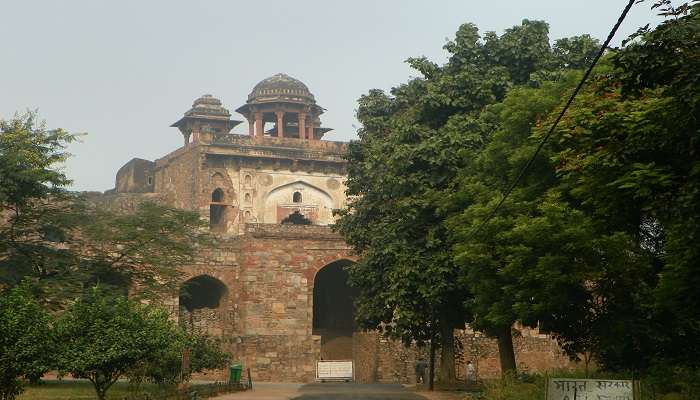
Also known as the “Forbidden Gate”, Talaqi Darwaza is the northern gate of the Purana Qila. Due to the folklore of how the subjects were not allowed to open the gate until the king returned victoriously, this gate has never thus been opened after the king passed through it. It is the third gate of the site, made up of red sandstones, and the two Bastil towers are situated in white marble. The Talaqi Darwaza is two stories in height. The fort was the inner citadel of the city of Din Panah during Humayun’s rule, which was renovated in 1533 and completed five years later.
Location: Near Feroz Shah Kotla, Bahadur Shah Zafar Marg, New Delhi
Distance from Lothian Cemetery: Approximately 2 kilometres east
Suggested Read: One-Day Trips From Delhi
7. The National Science Museum
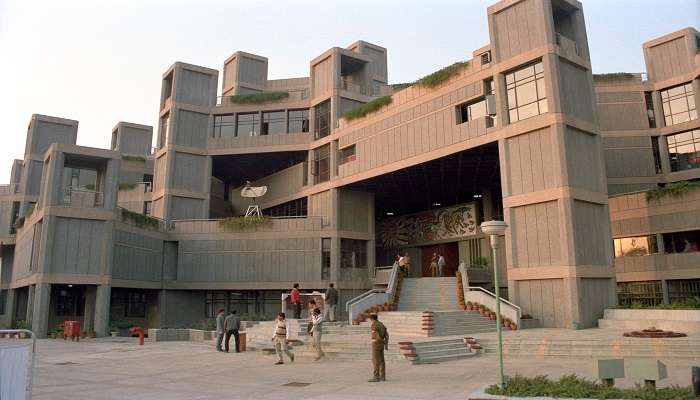
The National Science Centre, established in 1992, is a science museum in Delhi, India. It is part of the National Council of Science Museums, an autonomous body under India’s Ministry of Culture. Its regular visitors are Nobel Laureates, Eminent Scientists & Technocrats, Astronauts, Museum Professionals, and many more luminaries from various fields. The primary objective of the Centre is to engage, educate and entertain the visitors through thematic exhibitions, interactive educational activities and outreach programmes. The museum contains seven permanent galleries. From the top floor, these are, in order: Our Science and Technology Heritage, opened in October 2009; Human Biology; the History of the Earth; Fun Science, containing a penny-farthing bicycle gifted by Rajiv Gandhi and many other interactive exhibits; Information Revolution; Emerging Technologies; and Water, Elixir of Life, which was opened in December 2010.
Location: Bhairon Road, Pragati Maidan, New Delhi
Distance from Lothian Cemetery: Approximately 4.5 kilometres southeast
Further Read: Tourist Places Near Delhi Within 200 km
Prepare for your next journey to Lothian Cemetery, a serene oasis nestled in the heart of Delhi, when you book your tickets for your trip to Delhi. Whether you’re drawn by its historical significance or seeking a peaceful retreat, this cemetery offers a unique experience for visitors. Wander through the tranquil pathways lined with poignant tombstones, each telling a story of the past. Discover the timeless beauty and cultural heritage of Lothian Cemetery, where history meets serenity. Secure your accommodation today to fully immerse yourself in this cherished landmark’s peaceful and reflective atmosphere!
For our editorial codes of conduct and copyright disclaimer, please click here.
Cover Image Credit: Pinakpani for Wikimedia Commons
Frequently Asked Questions About Lothian Cemetery
What are the visiting hours for Lothian Cemetery?
Typically, Lothian Cemetery is open for visitation from 10 AM to 6 PM daily. It's advisable to check with the cemetery office for any seasonal or holiday variations.
What are some famous food dishes in Delhi?
Delhi is renowned for its diverse and delicious cuisine. Some popular dishes include Paranthas, Stuffed Indian flatbreads usually served with yoghurt, pickles, and chutneys. Chole Bhature: Spicy chickpea curry served with deep-fried bread. Butter Chicken: A rich and creamy chicken curry with a tomato-based sauce. Aloo Chaat: Spicy potato snack topped with tangy sauces and spices. Pani Puri/Golgappa: Crispy hollow balls filled with flavoured water, tamarind chutney, and spices.
What is the weather like in Delhi?
Delhi experiences a hot semi-arid climate. Summers (April to June) are very hot, often exceeding 40°C (104°F). Winters (December to February) are mild to cool, with temperatures ranging from 5°C to 20°C (41°F to 68°F). The monsoon season typically occurs from July to September, relieving the heat.
What are the famous tourist attractions in Delhi?
Delhi is rich in historical and cultural landmarks. Some famous attractions include Red Fort, A UNESCO World Heritage site known for its stunning architecture and historical significance. Qutub Minar: Another UNESCO World Heritage site famous for its tall minaret and intricate carvings. India Gate: A war memorial dedicated to Indian soldiers in the city's heart. Humayun's Tomb: A beautiful example of Mughal architecture and a UNESCO World Heritage site. Lotus Temple: A Bahá'í House of Worship known for its distinctive lotus-shaped design.
What are the popular markets and shopping areas in Delhi?
Delhi is famous for its vibrant markets and shopping areas, including Chandni Chowk: Known for its bustling lanes, street food, and traditional Indian markets. Connaught Place: A commercial and shopping hub with a mix of restaurants, shops, and entertainment options. Sarojini Nagar Market: Famous for trendy clothes and accessories at bargain prices. Dilli Haat: Offers handicrafts and traditional Indian goods from different states of India.
People Also Read:
Shopping In Chandni Chowk Things To Do In Delhi Delhi In March

With a passion for exploring and travelling to the roads long forgotten, experience the world through enthralling stories and adventures. Join me as I share my experiences at some of the world’s most popular tourist destinations and quench that pestering curiosity with something exciting!




